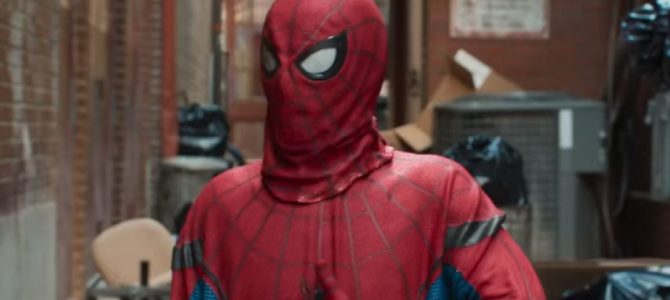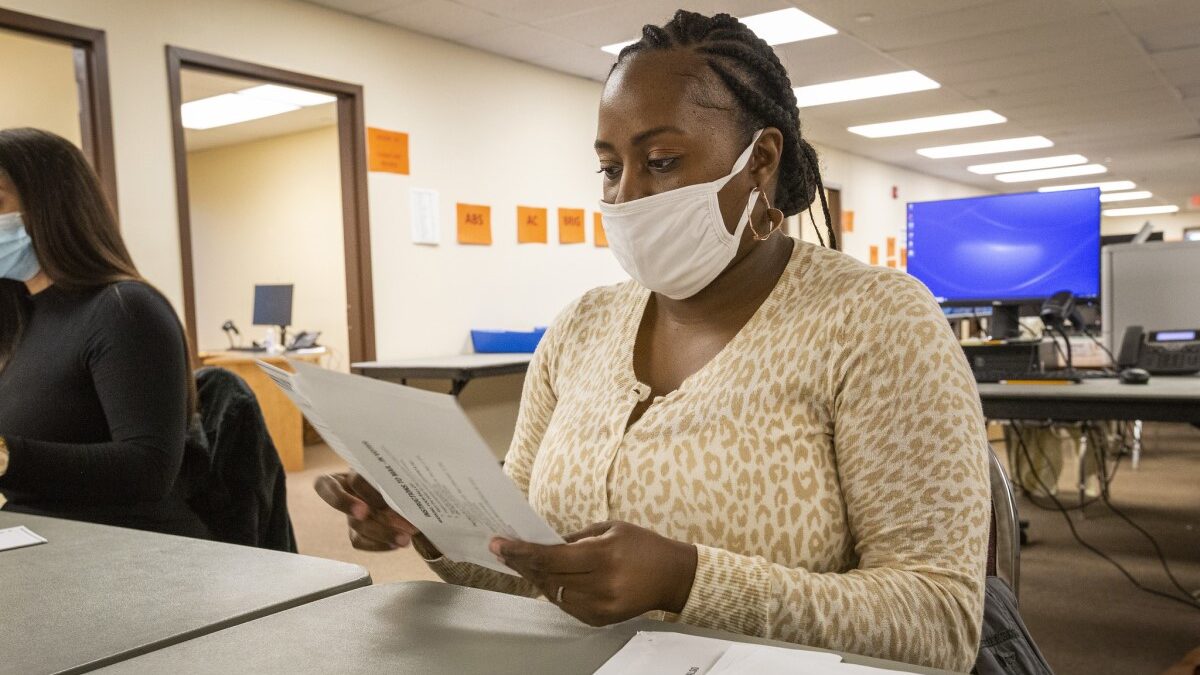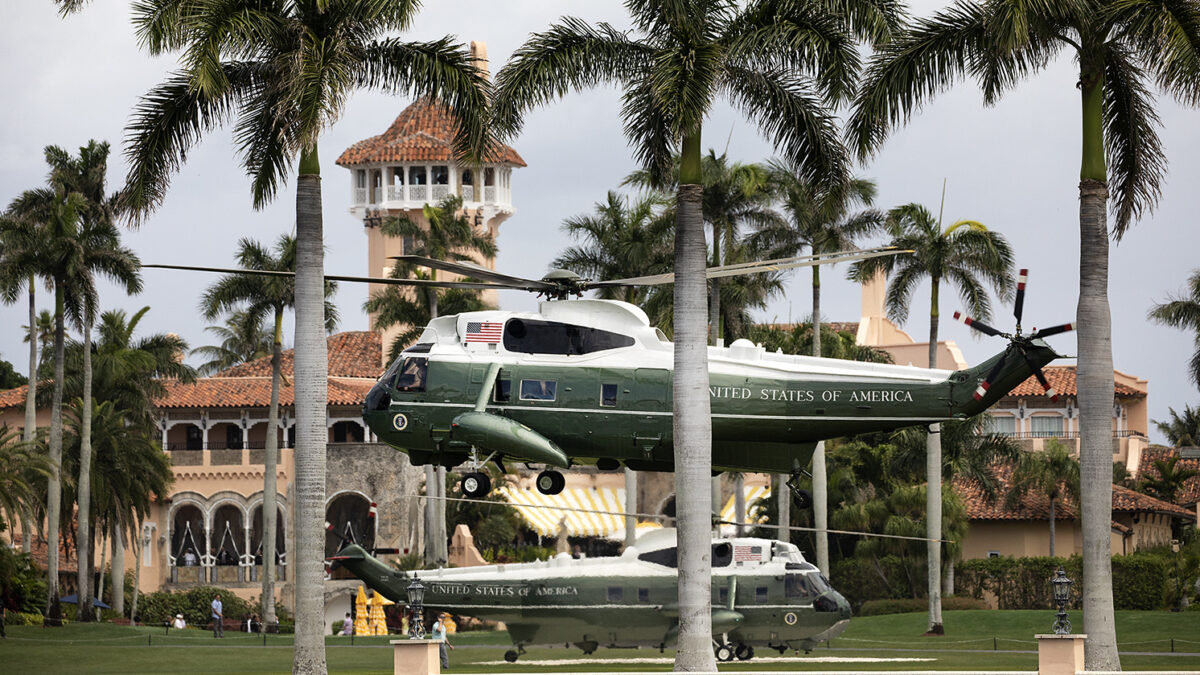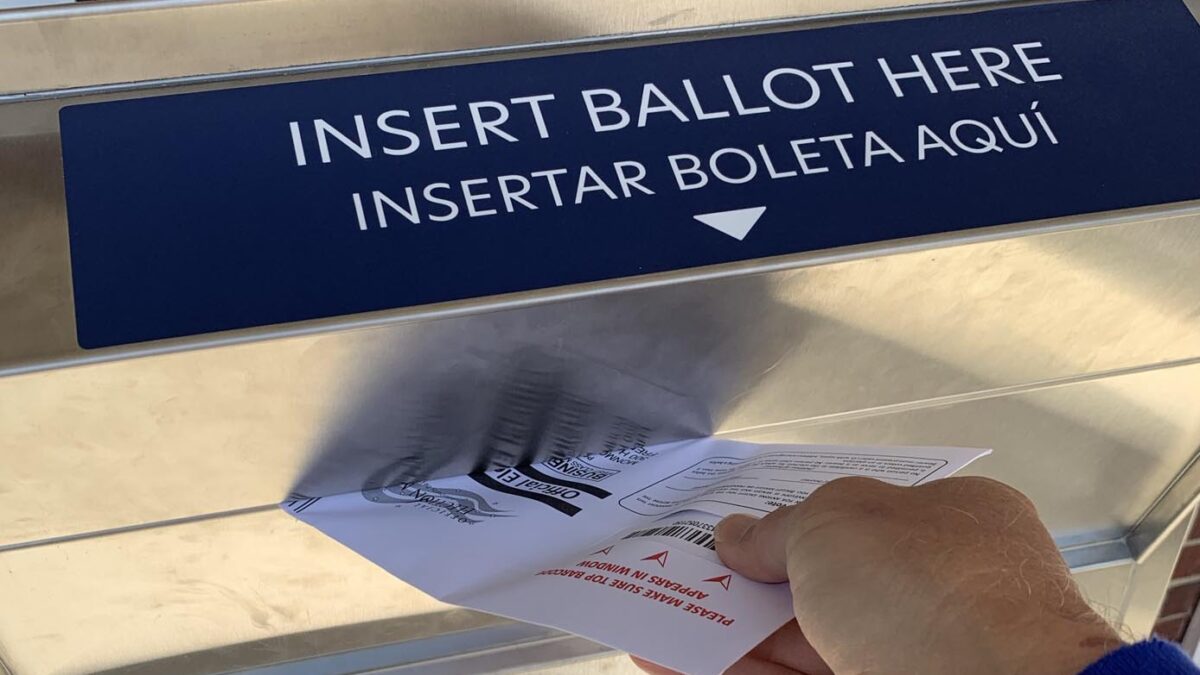
Warner Brothers will never be able to make a film like “Avengers: Infinity War.” It’s not because “Infinity War” is some untouchable masterpiece, but because Marvel’s characters have always been weaker than DC’s characters.
It’s also not in the sense that one set of characters is actually better than the other set, although I think it’s obvious that the Justice League’s core heavy hitters are way better than their counterparts in the Avengers. Marvel has nothing that can even be compared to the DC trinity (Batman, Superman, and Wonder Woman) in terms of durability and depth. Spiderman and Captain America come the closest.
No, the weakness I’m speaking of is gravity, not quality. Marvel’s characters are like the particles that make up the rings of Saturn: tons of small objects held together that all came from the same explosion and began rotating around the same planet together. They belong together.
But each of DC’s major characters is essentially a sun at the center of his own solar system. Their gravity is so strong that they draw in and maintain multiple planets all on their own. Each DC character essentially has his own continuity, his own little universe that formed around each naturally over the years. Batman is one of the best examples of this. He has the Bat family, composed of Alfred, multiple Robins, Nightwing, Commissioner Gordon, Batgirl, Batwoman, Catwoman, and over the years dozens of obscure and lesser members.
This is not unique to Batman. Virtually all the DC characters are worlds unto themselves. Survivors from Krypton have shown up repeatedly, forming a Super family. There are more than 7,000 members of the Green Lantern corps. Some of this is due to the fact that unlike Marvel these heroes were mostly created in isolation from each other. Captain Marvel (Shazam, not to be confused with Marvel’s Captain/Ms. Marvel) wasn’t even created by DC. He was acquired later partially due to a lawsuit for copyright infringement over Superman.
Each DC hero also has essentially his own rogues’ gallery as well. Of course most superheroes are considered to have their own set of hated villains. But in Marvel it’s much more of a mix and match situation with a few big bads they largely share. For instance, Kingpin is often considered to be Daredevil’s greatest nemesis, but originally he was a Spiderman villain. Punisher was first introduced in Spiderman, yet he is far more associated with Daredevil now as well. It’s one big incestuous Marvel family.
That kind of thing can’t really happen in DC. After 80 years, pretty much everything has been tried at some point, including all manner of crossovers. But the Joker only really works with Batman. Sinestro only makes sense with Green Lantern. Professor Zoom is literally the Reverse Flash. The DC rogues are designed with their particular hero in mind. Each hero has different skills and qualities that make him or her interesting. Batman has no super powers, so his villains usually lack this as well. And when he fights the Joker there are stakes for the character, because Mr. J could potentially kill him.
But if Joker or Penguin are running around Metropolis, Superman just scans the place with his x-ray vision and quickly finds them. Then he flies to wherever they are, and unless they have some kryptonite trap he easily defeats them. On the flip side, if Braniac shows up in Gotham, Batman probably calls Superman for help. Villains fit their heroes and heroes fit their villains.
This is why the DC characters have been adapted well on their own in the past. It’s also why Marvel’s various attempts prior to and outside of the Marvel Cinematic Universe always short-circuit at some point. The Blade and Spiderman franchises had enough steam for two really good films each, and Fox’s X-Men franchise has been durable but very inconsistent.
Many would point out that similar things can be said about the Superman and Batman franchises, but any comics fan will tell you that had nothing to do with those characters and everything to do with Hollywood’s complete and total lack of respect for comics. They turned to camp as soon as possible. And the failures of DC adaptations actually helped the Marvel adaptations when the good ones eventually came. When Marvel was finally ready to get serious, they were able to see what worked and what really, really didn’t work. Yet they only made a handful of decent films between the first Blade and the beginning of the Marvel Comics Universe, with more misses than hits.
Stan Lee did pretty much the same thing when he invented the Marvel universe. DC was really the trailblazer. They had been going for about two decades when he came along with a slew of new characters. He was able to riff on what worked and ignore what didn’t. But most importantly, he set his characters in our world. In DC, virtually every character is not only his own sun, but also living in his own made-up city. Marvel traditionally is set in New York. This meant it was easy for Spiderman to cross over with the Fantastic Four. New York is big, but not big enough to prevent a web-slinger from eventually bumping into a family of radiated freaks.
This is why there is no “Infinity War” in Warner Brothers’ future. “Infinity War” was really well executed, but it’s reliant upon 18 previous films. That comes out to 36 hours of storytelling, or about 1.5 seasons of a general broadcast television show. Warner Brothers could eventually do something like that in terms of the actual output, but it just won’t work as well, because their characters take up more space than the Marvel characters do.
This is one of the many reasons that Marvel’s attempts at TV shows have never been great. Their cartoons have mostly been lacking, while DC has produced some of the best U.S. cartoon shows of all time. But much more significantly, Marvel shows that are supposed to be connected to the Marvel Comics Universe have mostly been mixed or outright unwatchable trash.
“Daredevil” and “Jessica Jones” are the clear exceptions, but even those shows are always about four episodes too long (and I’m saying this as a big Daredevil fan. He’s in my monthly pull list). But Marvel characters have trouble sustaining a story on their own. The second season of “Daredevil” would have been awful without the Punisher and Elektra. It’s the Marvel universe itself that actually sustains Marvel’s characters.
Now compare that to the CW’s Arrowverse.
Arrow: 136 episodes
The Flash: 89 episodes
Supergirl: 58 episodes
Legends of Tomorrow: 51 episodes
That comes out to more than 300 hours of superhero storytelling. It also clearly benefited from the shared universe between the shows, but each show is still basically its own thing as well. When you’re producing that much content, it can’t all be great. But as Dan Carlin has often said, quantity is its own kind of quality. Especially if there is already quality to be had in the quantity.
While “Daredevil” strains to make 26 episodes interesting, the Justice League struggles to make two hours from becoming a total disaster. Of course, neither had to be the case. Better writing could’ve benefited both. But Warner Brothers is also creating their world backwards. In a “Fatman on Batman” episode, Jeph Loeb said the original model the various studios were planning to execute was to start with a crossover film then branch into the various origin and solo character films. In other words, the Avengers first, then Iron Man, Thor, and Captain America.
This obviously would’ve been a bad idea in hindsight, and it’s killing Warner Brothers films. Of the five films in their DC shared universe, the two best are “Man of Steel” and “Wonder Woman.” If they had done this with the entire Justice League first, the first crossover film would’ve worked better. But film really is too small for these giants. It won’t ever work as well for them together on the big screen as it does in the small screen.
The small screen affords you more time and space, whereas Marvel’s characters being relatively shallow and unified, they fit together very nicely on the silver screen. It’s ironic, but true. We’re okay with Captain America having five lines in “Infinity War,” because he’s not Batman. Batman will always require more than a supporting role. And that’s okay.









